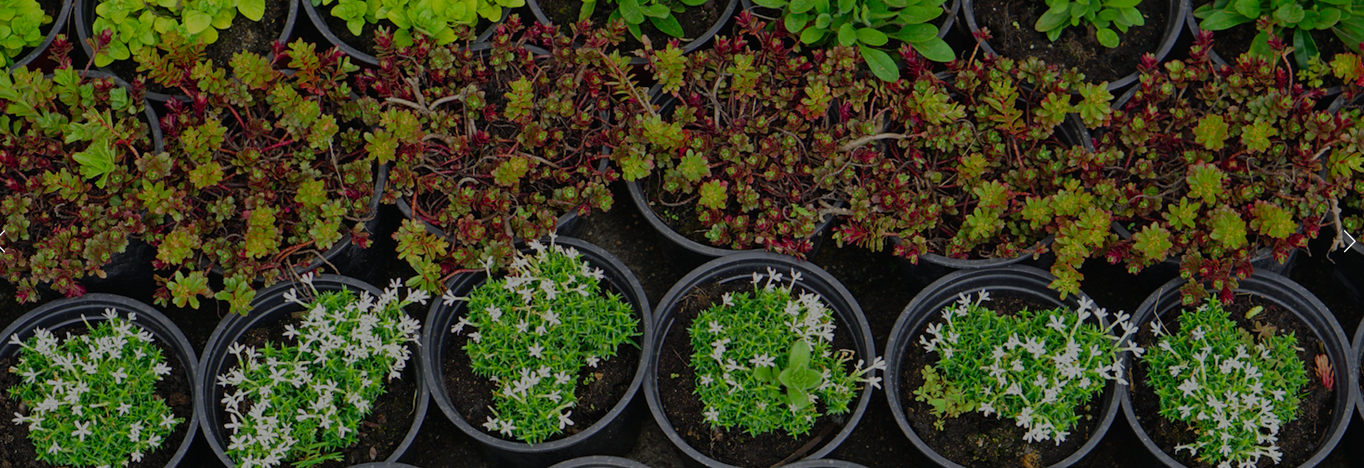Flowers bring cheer, color, and character to landscapes, and the right mix of annuals and perennials brings their unique effects to the overall look throughout the seasons. Here’s a quick guide to pairing perennials and annuals from our garden center for creating a balanced softscape in Hudson Valley, NY.
The Differences Between Annuals and Perennials
Annuals grow each spring from seed. They bloom for one season, reseed themselves, and die. Annuals are colorful, vibrant, and offer glorious color from spring until fall. While annuals are often the colorful, showy “stars” of the garden and even though they bloom for a long time, planting beds that only contain annuals would look like a wasteland once the blooms have withered. That’s where perennials offer their own benefits.
Perennials live for several seasons, so they are considered the anchors for a landscape. They typically bloom for a shorter time than annuals, but when they are not in bloom, their foliage offers a wonderful contrast to the riot of color that annuals provide.
The Most Pleasing Combination: Companion Planting
A combination of annuals and perennials will give you the most interest all season long. They don’t bloom for long… but when they do, it’s worth the show! And when they’re not in bloom, they provide a beautiful backdrop for annuals that are still in bloom.
One winning approach is called companion planting: this is where you choose plants according to their blooming times, to ensure that the garden is beautiful no matter the time of year. Some flowers bloom in spring, so to keep the planting bed looking vibrant, you need something that blooms in summer, and something else that blooms in fall. And aside from the flowers themselves, staggered blooming times also lets you enjoy the unique characteristics of each plants’ foliage.
Companion planting also means mixing flowers of complementary colors and heights, and textures; and pairing flowers that thrive in the same growing conditions.
When it comes to colors, a good rule of thumb is to combine complementary colors such as yellow and purple, so that each type of flower has a chance to show off its personality (by contrast, an all-white garden—while beautiful—will mean that some types of flowers will be overshadowed by other species that are taller or showier).
A Quick Guide to Pairings
Here are a few pairing tips for flowers that look great together: Black Eyed Susans and Cosmos; Daylilies and Coneflower; Bee Balm and Columbine; Daffodils and Hosta; Tulips and Iris.
Mix early spring bloomers such as woodland phlox with late spring/early summer bloomers such as the peony and lily, and don’t forget late summer/early fall bloomers like aster and chrysanthemum.
You can expect that even the most well-planned perennial garden will experience a few gaps between color, which means adding annuals that bloom pretty much nonstop all season, such as sweet alyssum, begonias, petunias, geraniums, marigolds, and salvia.
Using a mix of annuals and perennials will create a balance of color, size, shape, and texture. This approach will ensure a garden that’s a joy to look at throughout the entire growing season.
Since every yard has slightly different growing conditions, we recommend that you consult with one of our friendly plant nursery experts to design a flower garden that’s the perfect mix of annuals, perennials, and complementary plants such as ornamental grasses, flowering shrubs, evergreen shrubs, non-flowering leafy plants, and groundcovers.


